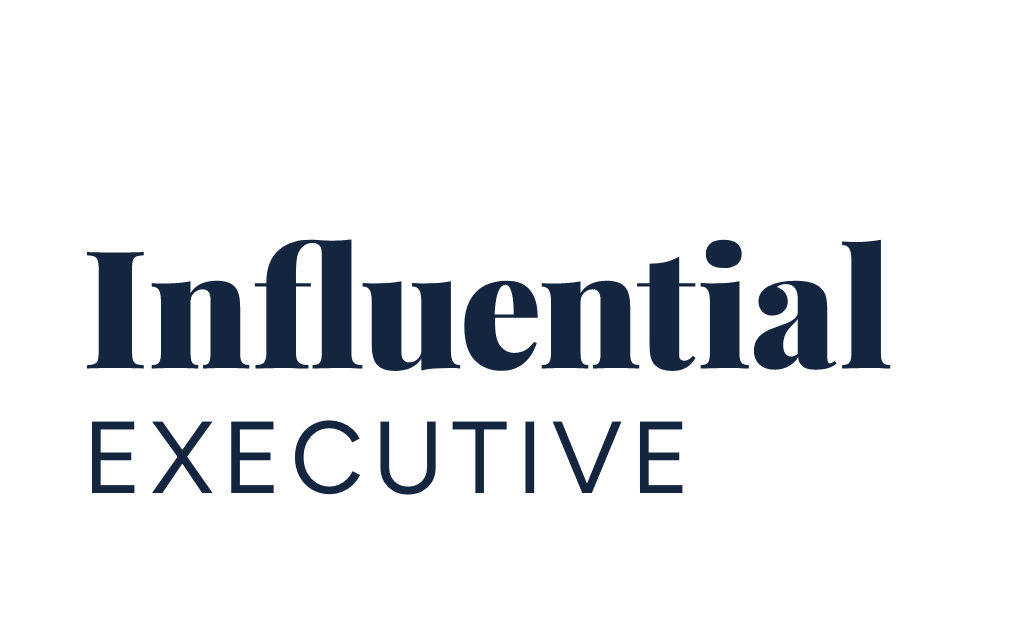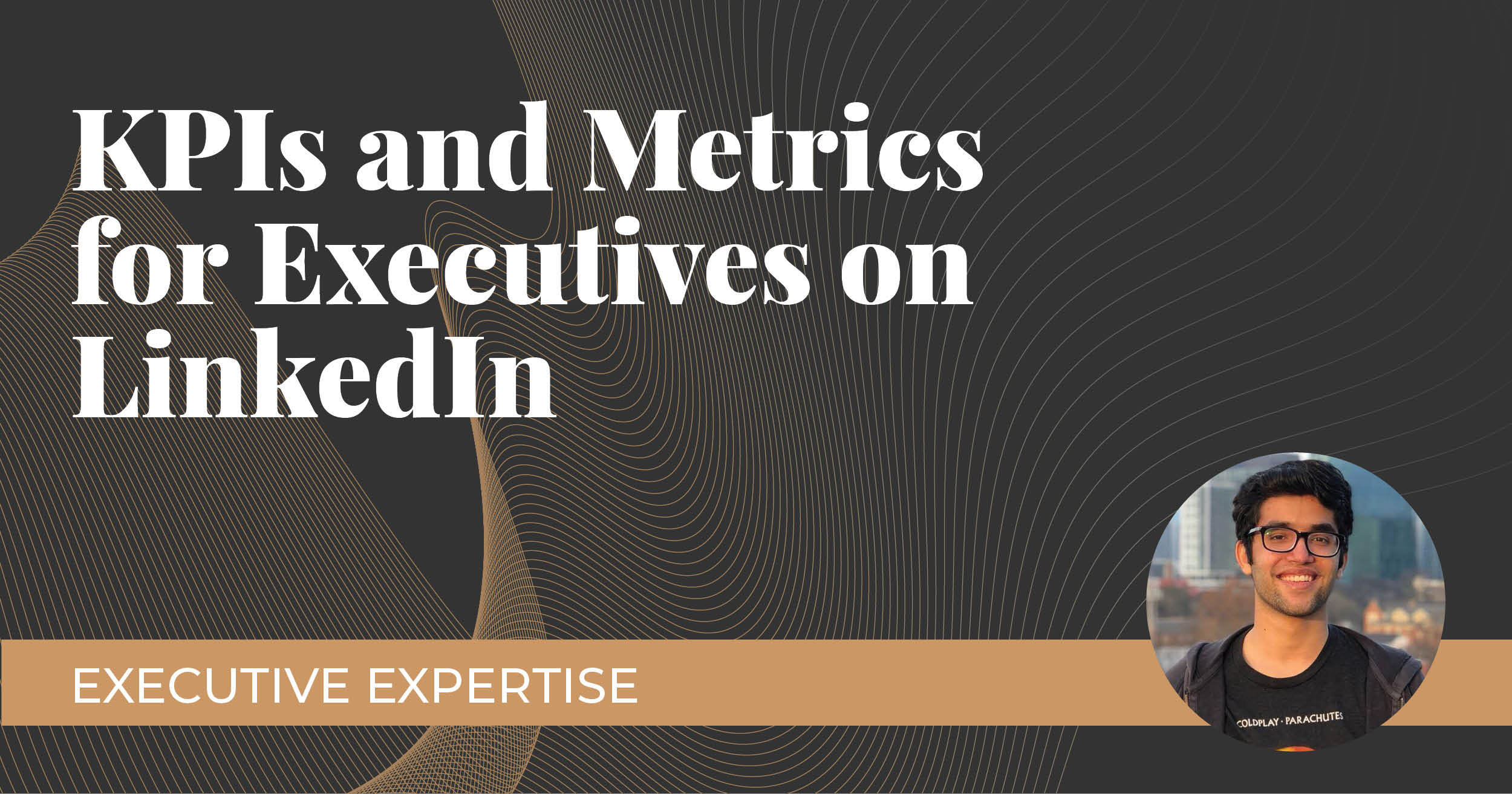LinkedIn is a leading social media channel for executives, particularly due to its nature as a professional networking platform. In fact, our original study found that 94% of Fortune 500 executives with a social media presence are on LinkedIn.
Keeping this statistic into consideration, executives who are cultivating an online presence should approach social media strategically. This includes setting KPIs (key performance indicators) and paying attention to social media metrics in order to achieve optimal engagement and performance.
To give us more insight on the topic, today we will be speaking with our digital marketing analyst, Zahid Kachwala, who will offer his expertise on KPIs and metrics for executives on LinkedIn.
Thanks for joining us today, Zahid. First, can you explain the distinction between “baseline” versus “benchmark”?
This is a good distinction to make because the two words are often mistakenly used to refer to the same thing. Benchmarks compare your metrics, such as engagement rates, against industry averages, and are extremely important when you’re thinking about strategizing your content on LinkedIn.
For example, if you take your engagement rate on LinkedIn, you can think about strategies to improve it by making your content more engaging to your followers. Some tactics I’ve analyzed that have been successful for many of our clients include using autopopulated links in an executive’s content or asking their followers a question at the end of each post.
Baselines are historical averages for performance and are mainly useful to assess the effect that an optimized social media strategy has on your performance. For example, take averages for engagements per post over the last year. Once you’ve started optimizing your content, keep track of engagements per post, and compare it to last year’s averages. If you notice an improvement, it’s likely driven by your content optimizations.
Both baselines and benchmarks work in tandem. Benchmarks help you understand where you need to optimize your content, whereas baselines help you understand whether these optimizations are actually leading to tangible improvements.
What are some of the most important metrics an executive needs to prioritize for their social media program?
This depends on the overarching goals for the social media program. For example, one goal is establishing the executive’s thought leadership and improving engagement among their followers. Another goal could be using the executive’s online presence to drive toward brand engagement by either getting users to visit the company page or business.
Typical metrics that we look at for executives include:
- Engagements per Post (Total Engagements/Number of Posts)
- To understand what are driving engagements, you can look at reactions, clicks, comments, and shares per post.
- Impressions per Post (Total Impressions/Number of Posts)
- Engagement Rate (Total Engagements/Total Impressions)
- Engagement per Post per Follower (Engagement per Post/Number of followers)
- Average Profile Views (LinkedIn allows you to see average profile views going back 1 – 2 months)
- Change in Number of Followers over time
- Website visits from clicks on executive content (UTM parameters can be used to track this on Google Analytics)
What are some optimal social media engagement trends you have observed recently?
People are engaging more with personal stories rather than just educational content. They engage with content that triggers emotion. Instead of telling people about a service your company offers, executives should, for example, tell them a story about the people behind the service that their company offers.
Images with text has also been a feature that has recently been leading to high conversions and engagements on LinkedIn. Users tend to have short attention spans, and many may scroll past your post without even reading your copy. This is where you can leverage text on your graphic, such as writing short, “offer heavy” text. An example of this type of text may be, “Curious about [brand name]’s advantage?” with a call-to-action reading “Click here to find out!” underneath. Put yourselves in the shoes of the user and think, “Would I stop scrolling if I saw this?”
As well, video content generally performs well on LinkedIn, but videos that seem organic (as opposed to professionally made) are much more engaging. Users think that these videos are a lot more personal and authentic, as opposed to a scripted video of your executive.
Lastly, what should executives consider when determining which KPIs will work best for them?
This ties back into what I said earlier, but the goals are the overarching factor. If you want people to engage with your executive, and if your executive is synonymous with your brand, then you would look at engagements per post, engagement rate, and profile views, overall. If you want people to visit your website through your executive, you would look at website visits and clicks per post.
Thank you for your insights, Zahid!
If you are interested in learning more about social media KPIs and metrics for executives, read our article about benchmarking KPIs within different industries here.
For executives who are looking to start building a social media presence or want to enhance their existing online presence more strategically, we can help. Click the button below to book a consultation with one of our experts!
href="#" data-color-override="false" data-hover-color-override="false" data-hover-text-color-override="#fff">Book your 30-minute consultation today!

